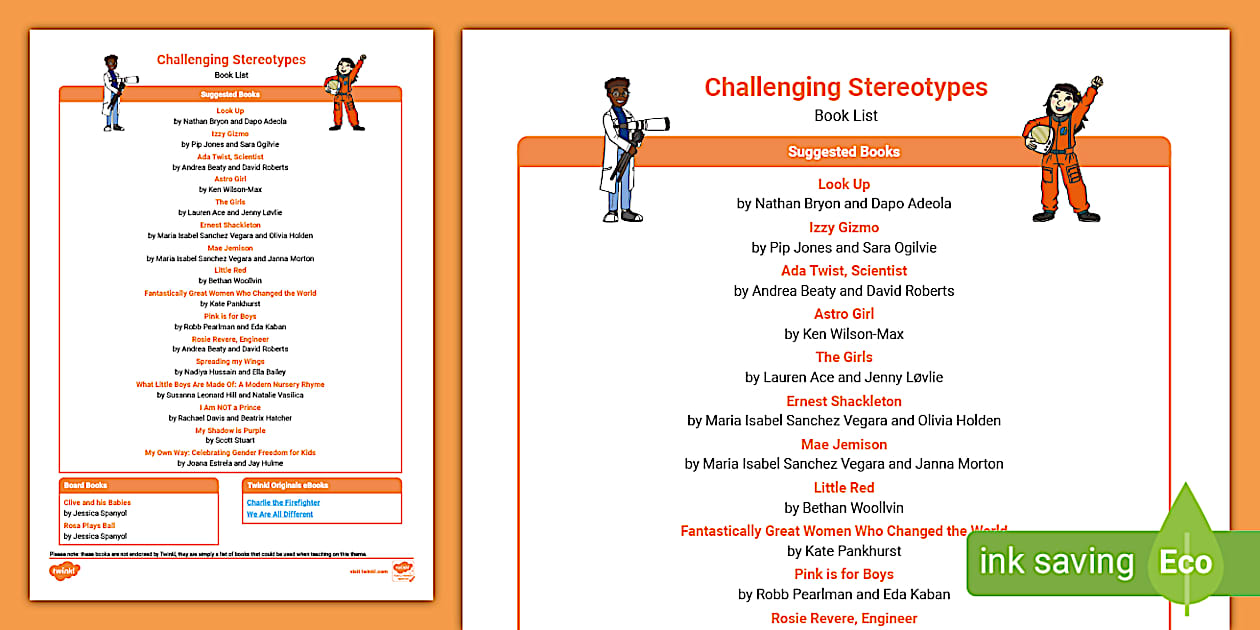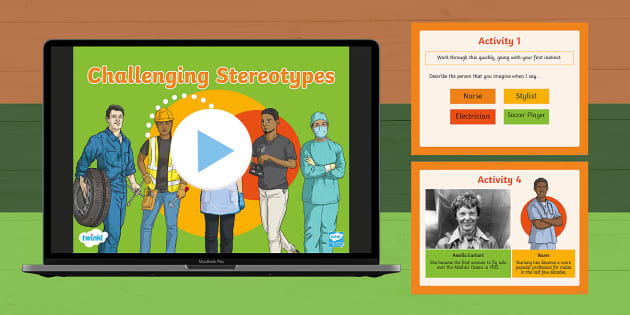
Reclaiming Narratives: Challenging Stereotypes on Turtle Island
For centuries, the Indigenous peoples of Turtle Island – a name many First Nations, Métis, and Inuit communities use for North America – have been subjected to a relentless barrage of stereotypes. These reductive portrayals, born from colonial narratives, have shaped public perception, justified dispossession, and obscured the vibrant, diverse, and dynamic realities of hundreds of distinct nations. Today, a powerful movement is underway, led by Indigenous voices across every sector, determined to dismantle these harmful archetypes and reclaim their authentic narratives. This isn’t just about historical correction; it’s about justice, self-determination, and shaping a future built on truth and respect.
The stereotypes are deeply ingrained and manifold. They range from the romanticized "noble savage" – a spiritual, nature-loving figure devoid of agency or modernity – to the dehumanizing "drunk Indian" or "welfare queen," symbols of alleged social dysfunction. There’s the "vanishing Indian," an implication that Indigenous cultures are relics of the past, inevitably fading away, and the pervasive myth of a monolithic "Indian culture," erasing the vast linguistic, spiritual, and cultural diversity of over 574 federally recognized tribes in the United States and hundreds more First Nations, Métis, and Inuit communities in Canada. These stereotypes are not benign; they inform policy, fuel prejudice, and perpetuate systemic inequalities. They are, at their core, instruments of colonial power, designed to control and diminish.
However, Indigenous peoples are not passively accepting these imposed identities. From bustling urban centers to remote ancestral lands, a resurgence of cultural pride and political assertiveness is challenging every facet of these misconceptions. This fight is multifaceted, waged in art studios, classrooms, legislative chambers, and increasingly, across digital platforms.
One of the most potent battlegrounds is the realm of arts and culture. Indigenous artists, writers, filmmakers, and musicians are creating works that explode stereotypes and offer nuanced, complex portrayals of contemporary Indigenous life. Take the burgeoning genre of Indigenous Futurism, for example. Artists like Jeff Barnaby (Mi’kmaq, director of Blood Quantum) and authors like Rebecca Roanhorse (Ohkay Owingeh/Choctaw, author of Trail of Lightning) are envisioning futures where Indigenous peoples thrive, innovate, and navigate advanced technologies while remaining deeply connected to their traditions. This movement directly counters the "vanishing Indian" trope, asserting Indigenous presence not just in the past, but in the present and a vibrant future.
In literature, authors like Louise Erdrich (Ojibwe), Tommy Orange (Cheyenne and Arapaho), and Billy-Ray Belcourt (Cree) are crafting narratives that delve into the complexities of identity, intergenerational trauma, urban Indigenous experiences, and the enduring strength of community. Their works often defy easy categorization, showcasing Indigenous life as rich, varied, and deeply human, far removed from the two-dimensional stereotypes. As Tommy Orange, whose novel There There vividly portrays the lives of urban Native Americans, once stated, "We are still here. We are in the cities. We are everywhere." This simple truth is a powerful challenge to the notion of Indigenous peoples existing only in historical photographs or remote reserves.

Filmmakers are equally critical in this movement. Documentaries and narrative features, often Indigenous-directed and produced, are bringing authentic stories to screens. Shows like Reservation Dogs (co-created by Sterlin Harjo, Seminole/Muscogee Creek, and Taika Waititi, Māori) offer a groundbreaking, comedic, and deeply empathetic look at contemporary Native youth life on a reservation, shattering every expectation and showcasing the humor, resilience, and everyday struggles that rarely make it into mainstream media. Such productions are vital, providing platforms for self-representation and allowing Indigenous communities to see themselves reflected truthfully, while simultaneously educating broader audiences.
Education and academia are also pivotal in dismantling stereotypes. Indigenous scholars are decolonizing curricula, challenging Eurocentric historical narratives, and asserting Indigenous knowledge systems as valid and essential. Universities are increasingly offering Indigenous studies programs, and Indigenous educators are working to incorporate culturally relevant pedagogy into K-12 schooling. This effort aims to correct historical inaccuracies, such as the myth that North America was a "pristine wilderness" before European arrival, ignoring sophisticated Indigenous governance, agriculture, and land management systems. Dr. Kyle T. Mays (Saginaw Anishinaabe), a scholar of Afro-Indigenous studies, emphasizes the need to understand Indigenous experiences within a broader context of racial justice, pushing back against isolated, tokenized narratives.
Beyond the cultural and academic spheres, political and social activism plays a crucial role. Movements like Idle No More in Canada and the ongoing efforts to protect sacred lands and water, such as at Standing Rock, directly challenge stereotypes of Indigenous passivity and helplessness. These movements demonstrate powerful, organized resistance against colonial incursions and assert Indigenous sovereignty and inherent rights. The MMIWG2S+ (Missing and Murdered Indigenous Women, Girls, Two-Spirit, and Plus people) movement, for example, shines a stark light on the epidemic of violence against Indigenous individuals, a reality often ignored or downplayed, directly confronting the stereotype of Indigenous lives being less valuable or less worthy of protection. These grassroots movements are not just protests; they are declarations of resilience, self-determination, and a demand for justice.
Economically, Indigenous communities are defying the "poverty-stricken" stereotype by building thriving, sustainable economies. From tourism ventures that share cultural heritage respectfully to renewable energy projects, tech startups, and resource management initiatives, Indigenous-led businesses are creating jobs, fostering innovation, and contributing significantly to national economies. The National American Indian Enterprise Development Center, for instance, highlights how Indigenous businesses are growing at an impressive rate, often outpacing the national average. These enterprises are frequently rooted in Indigenous values of sustainability and community benefit, challenging the notion that economic development must come at the expense of cultural or environmental well-being.
Finally, the digital sphere has become an indispensable tool for challenging stereotypes. Social media platforms allow Indigenous individuals and communities to connect, share their stories, educate non-Indigenous allies, and directly confront misinformation. Hashtags like #NativeTwitter and #IndigenousRising amplify Indigenous voices, creating spaces for self-representation that bypass traditional media gatekeepers. This direct communication mechanism is invaluable for debunking myths in real-time and showcasing the diversity and dynamism of contemporary Indigenous life. Influencers and content creators are using humor, art, and personal narratives to humanize Indigenous experiences and break down preconceived notions.
The journey to dismantle stereotypes on Turtle Island is far from over. It requires ongoing vigilance, education, and the amplification of Indigenous voices. But the progress is undeniable. By reclaiming narratives in art, literature, education, politics, and the digital realm, Indigenous peoples are not just correcting historical injustices; they are asserting their sovereignty, celebrating their resilience, and shaping a future where their rich cultures and profound contributions are understood, respected, and valued for what they truly are: diverse, dynamic, and enduring forces that have always been, and will continue to be, at the heart of Turtle Island. The fight against stereotypes is, ultimately, a fight for truth, justice, and the recognition of Indigenous humanity in all its complexity and strength.



